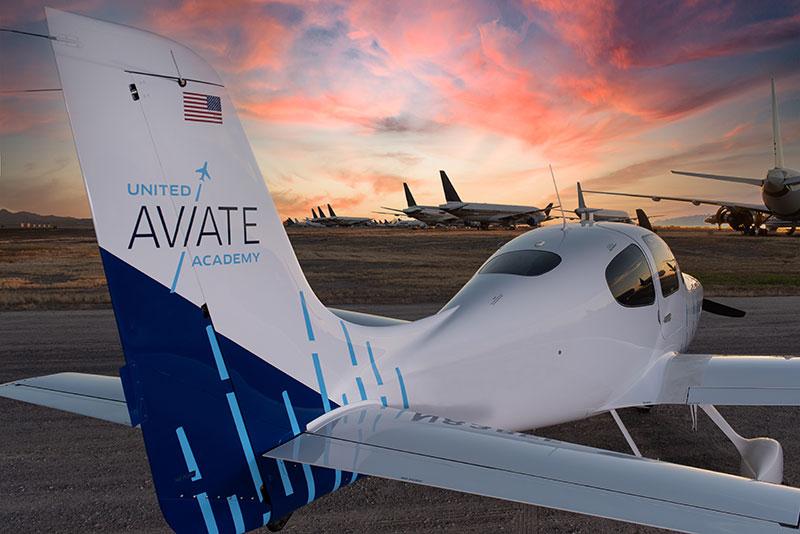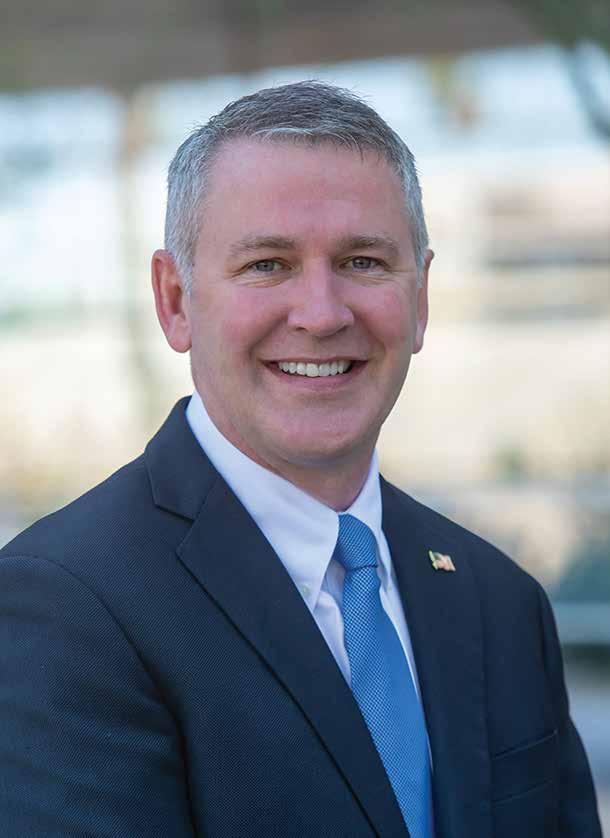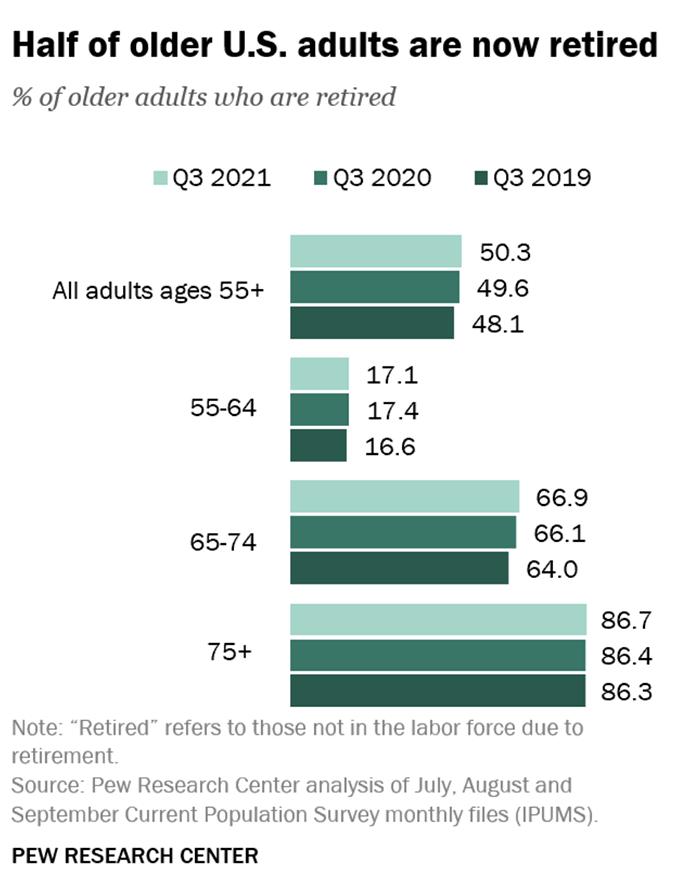
9 minute read
Money Talks
Above: SEA officials are discussing how the airport can best use the infrastructure funds it will receive to help address about $4 billion in overall capital related needs.
Infrastructure Money Driving Airports On Path For Major Upgrades
Advertisement

BY ANDREW TELLIJOHN
Seattle-Tacoma International Airport
(SEA) has about $4 billion in capital needs related to its current facility, and that’s before the airport finishes an environmental review of its master plan. SEA is significantly overcrowded and has, throughout the global pandemic that paused capital investments at many airports across the country, continued doing whatever projects it could in order to expand capacity.
So, the bipartisan infrastructure bill passed and signed in late 2021 that will push $25 billion into airport improvements nationwide was the latest good news for SEA and its peer airports that also need upgrades.
Word from the Federal Aviation Administration (FAA) that SEA’s first allotment would be $45 million came just before the 2021 winter holidays. The airport isn’t sure just how it will use those funds but is quite certain the proceeds will help.
“We haven’t made any final decisions on which projects to fund until we see more from the FAA about specific grant criteria,” says airport spokesman Perry Cooper. “However, this generational investment in infrastructure will support SEA’s work to reduce wait times, improve the customer experience, help meet the growth that is coming as we fully recover from the pandemic and strive to become the greenest airport in North America.”


Above: The FAA got previous COVID-relief funding out “pretty expeditiously,” says Steve Van Beek, director at Steer, adding that spreading the infrastructure bill over five years gives airports time to make sure they are ready with their important projects. Left: Infrastructure funds didn’t drive SAN’s recent kick off of its Terminal 1 replacement project, but airport officials are eyeing those funds for other projects.
Big Money Helping Projects Move Forward
The $25 billion invested in airports in the bill includes $15 billion in direct funding based on enplanement levels, $5 billion for air traffic control towers and $5 billion for a new terminal modernization grant program. Cooper says SEA hopes to tap into that latter grant program to the tune of $50 million to $100 million more in funding once parameters are set.
Among projects the airport is considering right now is an upgrade of its South Satellite, the oldest facility at SEA built in the 1970s, which needs upgrades ranging from seismic and HVAC systems to sustainability and customer service investments.
“Given our significant infrastructure investment needs, we want to be strategic about how we leverage these dollars to maximum impact and benefit as part of our overall funding plan for our facility upgrades,” Cooper says. “At this point our general inclination is to focus our funds – both our direct allocation plus whatever we can get in competitive dollars – on a few larger projects rather than spreading it thin on many small projects.”
The FAA announced in mid-December how it would allocate the first $3 billion. It is encouraging airports to submit proposals that prioritize safety, equity and sustainability.
“The Bipartisan Infrastructure Law has given us a once-in-a-generation opportunity to build safer and more sustainable airports that connect individuals to jobs and communities to the world,” said U.S. Transportation Secretary Pete Buttigieg in announcing the allocations. “With this new funding, urban, regional and rural airports across the country now can get to work on projects that have waited for years, modernizing their infrastructure and building a better America.”
Couple those investments with proceeds from three pandemic-related disaster relief bills passed since COVID-19 hit in early 2020, and a faster-than-expected recovery of traffic experienced starting in mid-2021, and the industry has seen capital projects back on the docket.
SEA is not alone in its readiness in dealing with infrastructure needs. Airports large and small had already, throughout 2021, begun reactivating capital projects slowed by the pandemic. Many more are eager to get moving.
San Diego International Airport (SAN) broke ground in late 2021 on a Terminal 1 replacement. A spokeswoman said infrastructure funds were allocated after the start and did not factor into that initial projects. The San Diego County Regional Airport Authority will figure out how to apply its first-round funding of $24 million after getting further guidance from the FAA, she said.
A new, more spacious and modern terminal planned for Des Moines International Airport (DSM) could be accelerated by two years with the help of several state and funding resources, including the infrastructure bill, according to the Des Moines Register.
Asheville International Airport
(AVL) is moving forward with scheduled construction in the summer of 2022 but will definitely benefit from the infrastructure money, says Lew Bleiweis, executive director.
“The new funding will absolutely make a difference,” he says. “It will help in two ways. One, project costs are rising due to supply chain issues and labor market issues. Two, whatever funding we get will be applied to the funding sources and help reduce my debt requirement.”
It may also increase the scope of the project, he adds, “to include some additional items needed but we lacked the debt capacity to move forward.”
San Francisco International Airport
(SFO) intends to use its cut of the infrastructure funds to complete the final phase of Harvey Milk Terminal 1, which had been delayed by the COVID-19 pandemic.
That fourth phase will create a North check-in lobby that will primarily be used by Delta Air Lines, says spokesman Doug Yakel. It’s now slated for a spring 2024 completion date.
Smartly Spreading It Out
Joel Bacon, executive vice president of government and public affairs with the American Association of Airport Executives (AAAE), was thrilled to hear of the investment in airports, though he was not able to comment in depth because of uncertainty surrounding the specifics of how the money could be used.
“There are formulas in the law and allocations released in December provided
Below: The final phase of the Harvey Milk Terminal 1 at SFO, delayed due to the COVID-19 pandemic, will be completed using funds from the 2021 infrastructure bill.

Right: Members of ARRA are running into some airports that are requiring operators to agree to concessions before receiving rent relief authorized under various relief bills, says Andrew Weddig, executive director.
airports with specifics on what they can expect in the first year,” he says. “FAA is working on guidance for airports on how they can access and utilize the funds. Until we have the specifics from the FAA, the money can’t be spent. We’re arguing for the release for guidance and funding as soon as possible with maximum flexibility to airports for their use.”
If it’s anything like the previous relief packages it should be available in a reasonably timely manner, says Steve Van Beek, a director and head of North American aviation with Steer.
“I give the FAA credit. During the CARES Act, they did get the money out – not as fast as everybody would like, but pretty expeditiously,” he says. “That was money at the time that could be used for any lawful purpose as opposed to having the traditional limits on airport grants. So, you know, we have a little bit of experience with that since COVID.”
While it will take a while to get the money moving, Van Beek did say airports are starting to spend money on getting projects ready and preparing to move quickly once it does start funneling into their bank accounts.
He credited the government for spreading the program out over five years and called on airports to keep working on environmental assessment work to ensure that when the funds become available they are ready to turn shovels. And he added that the investments the government made in helping airlines, airports and, with the trickle down that occurs when new terminals open new concessions programs, operators, the U.S. aviation industry has been put in position to be more competitive internationally over the next five to 10 years.
“Even if you’re not complete with your assessments now, in a year you might be, in two years you might be and you’ll still have an avenue into these funds,” Van Beek says. “I think it was deliberate to try to maximize the value of those investments. While it’s great to have near-term money spent, I think there’s a recognition that some of these needs airports have are long-term and that many airports had mothballed projects for a couple of years and now this really kickstarts the industry in a very beneficial way.”
Another upside to the infrastructure bill is it will push investments into general aviation further with more money available from the Airport Improvement Program (AIP), Van Beek says.

Concessionaire Relief Slowed
AAAE’s Bacon says the funding from the American Rescue Plan Act (ARPA), the last of the three relief packages allocated by the federal government, was slower than the previous packages were. That was, in part, due to resource shortages with the FAA and the agency move to establish a separate process for airports to claim their share of the $800 million made available for concessionaires.
In November 2021, FAA updated guidance on providing concessionaire relief and began making those funds available to airports for execution, but challenges remain.
Andrew Weddig, executive director of the Airport Restaurant & Retail Association (ARRA), says operators are still waiting for rent relief stemming not just from ARPA but from the Coronavirus Response and Relief Supplemental Appropriations Act (CRRSAA), which was passed in late December 2020.
Combined, the bills offered $1 billion in relief for concessionaires. In some cases, Weddig says, delays are understandable. The ARPA guidance came out late enough in 2021 where airports may still be working relief requests through legal requirements before submitting them to the FAA.
Relief related to the CRRSAA bill should long ago have been rendered, he adds. More troubling to Weddig is that many ARRA members have told him several airports have been tying relief to stipulations of varying levels of severity.
Some are asking for plans relating to how they plan to reopen shops and restaurants, while others have asked for measures that amount to changing the terms of their contracts by amending leases, imposing hiring requirements or requiring labor harmony agreements.
ARRA is investigating the specifics of the situation, Weddig says. So far the organization has asked its members to advise associations of any such instances so the ARRA board can go to the FAA seeking clarification.
“We haven’t put anything formally yet,” Weddig says of communications with members. “Our concern is there are customers out there so we want to have our stores open. That’s how we start to recover. Given the overall labor situation, given the supply chain situation, it’s difficult to open.”
He says members want to open stores, but want to be able to provide good service, as well. He adds that while recovery has happened in the intervening months, members are far from being made whole.
“The bill was passed in March when the world was a very different place,” he says. “Recognize that the conditions have changed but that the rent that this was intended to provide relief for was rent that was being paid – or was not being paid – back nearly a year ago. So, there has been a recovery, but that recovery isn’t what this relief was intended to cover.”









